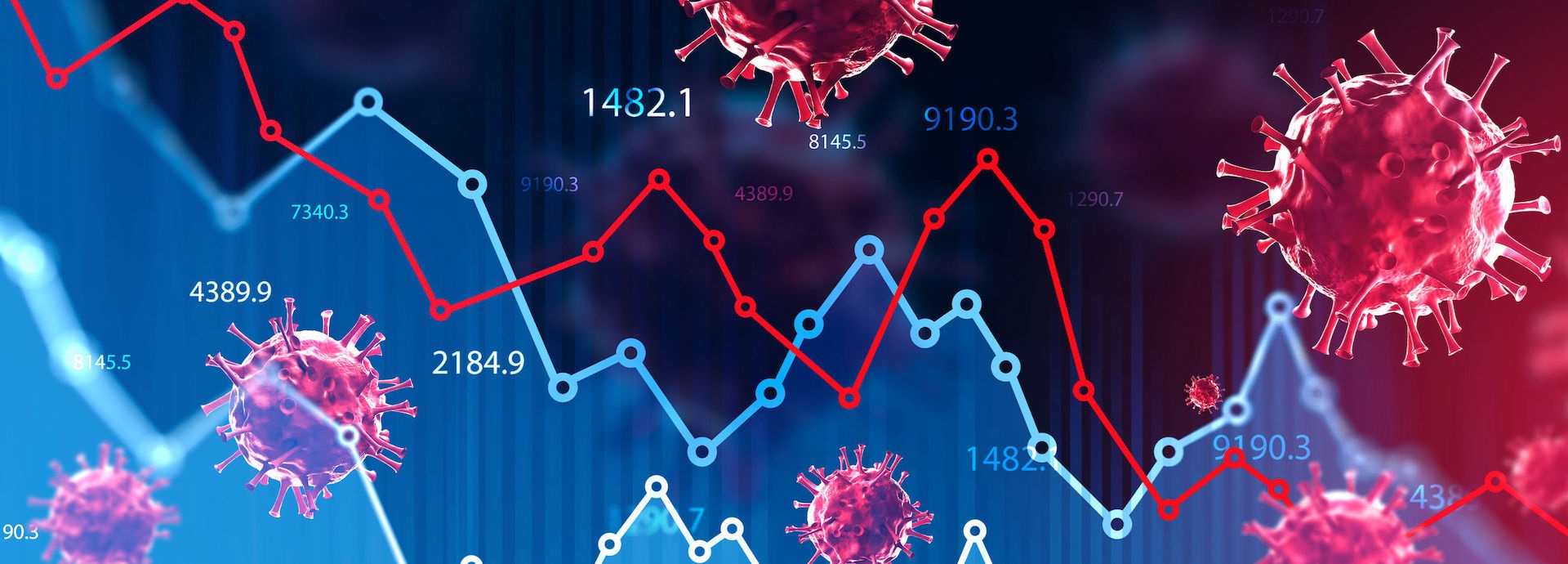

As an increasing number of people receive the COVID-19 vaccine, there are growing expectations of a robust economic recovery. Some roadblocks do remain to a full recovery, though, ranging from supply chain blockages to new, more virulent strains of the virus emerging.
“I strongly believe that vaccination has made a difference and very few people are falling sick in Europe. In October, the flu season returns and we may have a resurgence of COVID as well. But vaccination will also pick up again, people will be more accepting of it and business won’t be badly affected. The worst is behind us,” says Marius Bicu, the owner of a Romania-based dairy products manufacturer that has a presence in major markets across Europe.
Economic data and projections vociferously agree with Marius’ optimistic take on the post-Covid economic future. The World Bank, in its Summer 2021 Global Economic Report, states that the global economy is “poised to stage its most robust post-recession recovery in 80 years” and estimates global growth to be 5.6 percent this year. The International Monetary Fund’s April 2021 World Economic Outlook (WEO) report betters its global economic growth projections from its Oct 2020 report.
Despite a quick return to normalcy that these reports augur, the global economy may not be out of the woods as yet. “A number of potential obstacles remain” to a full economic recovery, says Cailin Birch, Global Economist for The Economist Intelligence Unit.
Reimagining the supply chain
Ford, Mercedes Benz, General Motors and Jaguar Land Rover (JLR) have all had to either temporarily suspend production or stagger rollout plans due to a semiconductor shortage that has hit the auto industry hard; a shortage caused by a myriad of factors, including a sudden glut in consumer demand, electronics manufacturers stocking-up on semiconductors to head-off anticipated shortages, transportation bottlenecks and port delays.
Such shortages have become a familiar story across sectors and there’s a sudden dearth of material and goods, from resins and polymers to timber for construction and specialized industrial lubricants.
Organisations are responding by diversifying and building redundancies into their supply chains and rethinking the widespread Just-In-Time inventory management system. 68% of respondents in a recent CapGemini survey of global businesses said that the crisis has forced them to adapt their business model. “We expect these shortages to be one of the main factors driving inflation in major developed economies in 2021, particularly so in the US, where the rebound in consumer spending has happened much more quickly than it has elsewhere,” says Cailin.
Inflation forces a rethink on spending for growth
The price increases across the board threaten to delay, at the very least, any substantive return to normalcy. Businesses like Marius’ have had to recalibrate their growth strategies. “We have an investment plan for the next five years and wanted to do some construction work; however, we had to change our priorities as the price of construction and material has increased so much. We’re investing in machinery instead this year; even then we are buying only what’s necessary as there’s been an increase of 30–35% in those costs as well,” he says.
Governments and central banks have taken a number of actions to control the spiralling costs. The Fed, for example, has cut its federal funds rate (the rate banks pay to borrow from each other overnight) by a total of 1.5% since early last year to a near-zero range of 0 to 0.25%.
However, as inflation rises, central banks may come under increasing pressure to reduce their quantitative easing programmes and raise interest rates. “They will have a delicate line to tread; doing so prematurely, before the economic recovery really takes hold, will raise borrowing costs and could hinder the rebound. Conversely, if rapid inflation starts to become sustained, this will also reduce household purchasing power, also taking a negative toll on growth,” Cailin warns.
Learning to adapt to a new normal
Businesses are learning to adapt to a post-Covid reality and the resulting change in consumer behaviour. Marius’ company has changed the packaging on some of its products to cater to consumers making fewer visits to supermarkets and buying larger quantities at a time. They have even stepped-up their home delivery service. “The most important change that we’ve made, though, is digitisation. Even two years ago this wouldn’t have been acceptable but now we are committed to it,” says Marius.
The biggest roadblock to a potential economic recovery and return to normalcy remains the spread of the COVID virus itself. Vaccination, the primary weapon against the pandemic, has been wielded by different countries and regions with different levels of efficacy. While less developed countries still struggle to have access to the vaccine, the major economies are reaching levels of vaccinations that could end the pandemic soon, at least for them. “However, there’s the ever-present risk that new coronavirus variants could emerge that will require countries that have not yet reached the 60-70% vaccination threshold to impose new COVID-19 restrictions, or potentially full lockdowns. We expect most emerging market economies to only reach this 60-70% threshold in 2022 or later, which means this risk is unlikely to fade soon,” says Cailin.
Life, in the meanwhile, carries on.
“I’m not worried about COVID returning in October,” says Marius. “We have a strategy in place and we’ve figured out how to handle COVID. We’ll live with it and learn to adapt to a new normal.”

